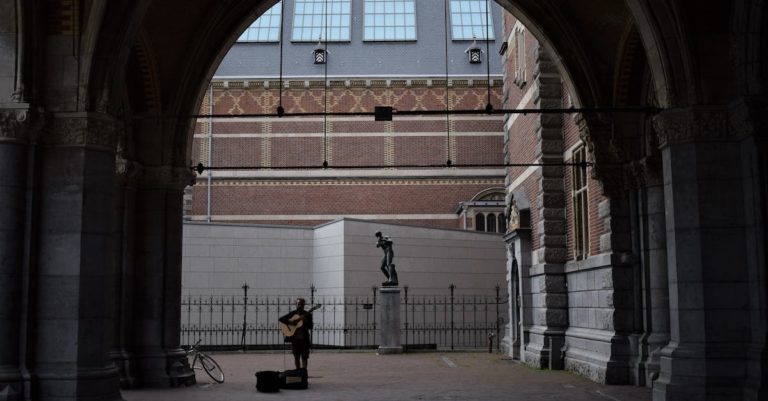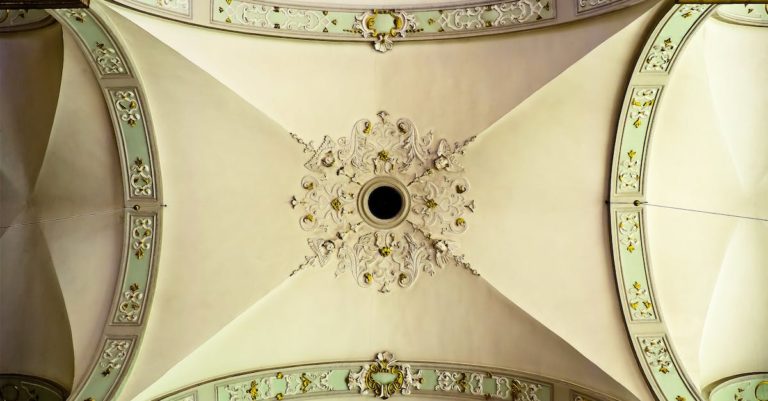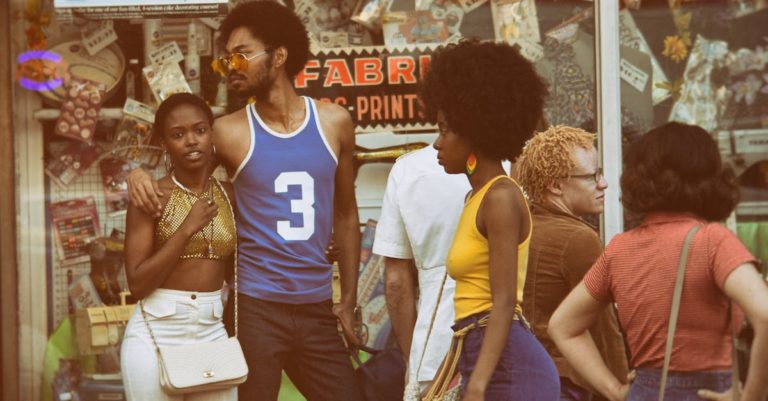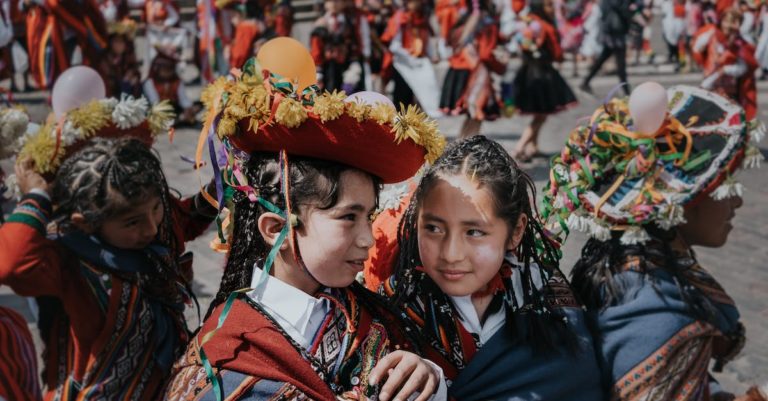How Are Art and Music Related?
Art and music are two forms of expression and can complement one another. These two forms are connected by the principles of balance, harmony, symmetry, and repetition. To better understand these principles, consider the work of Morton Feldman, who sought to bridge the gap between music and Rothko’s paintings by writing music that matched the artist’s vision. The result is Rothko Chapel, a masterpiece that’s reminiscent of Rothko’s work.
Harmony
Music and art are both related to the same concept of harmony. Harmony occurs when two elements are in balance with each other. In art, the elements should move together in a logical manner. If the two elements are out of balance, they will stand out.
Balance
There are many ways to achieve balance in both art and music. In art, it means paying attention to the visual and physical weight of elements in a composition. If something is too light or too heavy, it will feel unstable and will cause tension. Music uses balance in a different way.
Rhythm
In our study, we found that the rhythm of art and music activities could be linked to the energy levels of young people. We examined the energy levels of children at the beginning and end of rhythm-based activities and found that children differed in both directions. For example, the child in Cycle 3 started the session in a high-energy state, then felt tired, then felt refreshed. We also investigated the effect of rhythm on the child’s mood. Children in both groups expressed that rhythm was energizing and could boost their moods.
Repetition
Repetition is a common aesthetic element found in art and music. For example, repetition in songs helps to create emotional memories through associative memory, which puts listeners in touch with similar visual and sonic experiences. In addition, repetition helps to strengthen the musical statement by helping the listener to shift his or her focus.
Synesthesia
Synesthesia between art and music is an extraordinary neurological ability that many people possess. People with this condition see colours, hear sounds, and feel textures. They can also taste shapes and textures. This ability allows people to use their sense of smell, taste, and sight to create artwork. Some of the greatest artists have synesthesia. One example is Wassily Kandinsky.
Influence on academic success
Multiple research studies have shown the benefits of arts education in school. A meta-analysis of 62 studies by the Arts Education Partnership found that students who take music and art classes in school scored higher on standardized tests. This positive effect extends to reading and writing scores as well. Students exposed to arts courses also had fewer school suspensions.
Influence on creativity
Recent research has found that art and music can influence our creative thinking. Music has been shown to improve cognitive performance, learning, memory, and creativity. Researchers have tested the influence of music on creative thought by having participants listen to a variety of different types of music. One study found that listening to classical music improved divergent thinking.







